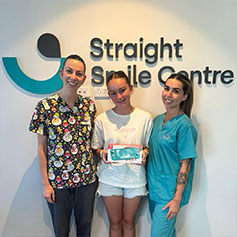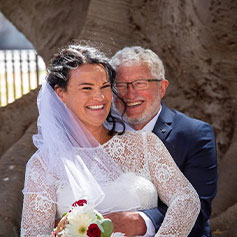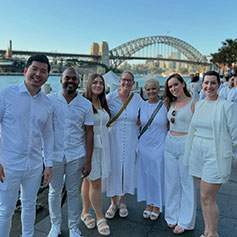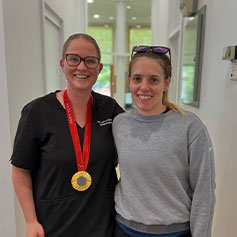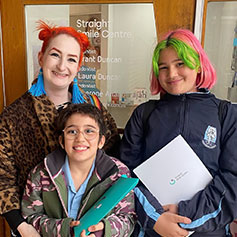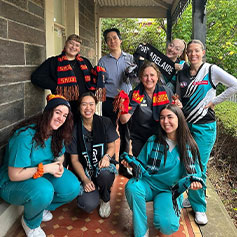Invisalign®- is it the option for me?
Part 2 of 2: The procedure explained and the dental conditions which make you a potential candidate for Invisalign®
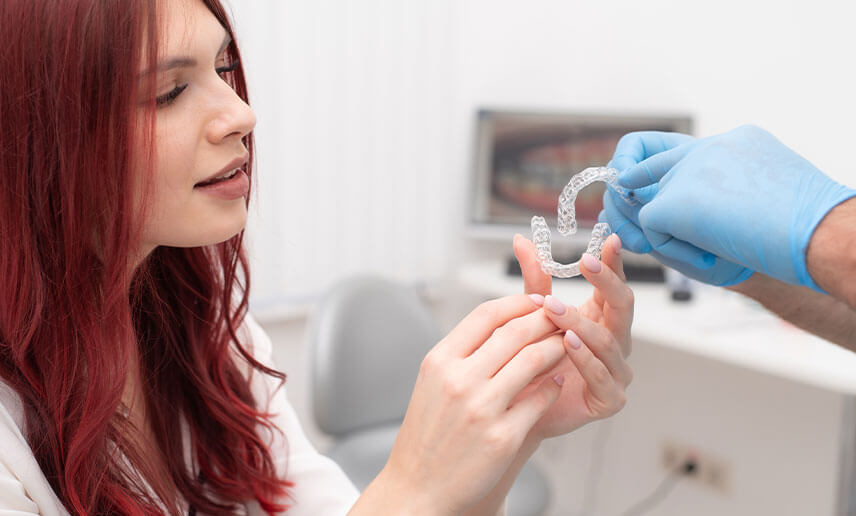
During our previous blog post in this series on Invisalign, we focused on the average costs and benefits associated with the clear aligners which have changed the world of orthodontics. Today’s follow up blog will aim to provide further information on the procedure and shed some light on certain dental issues which may make you a perfect fit for the treatment.
Completely removable and virtually invisible, this revolutionary treatment has quickly become a popular orthodontic treatment used by Dr Wayne Chen and the team at Excel orthodontics.
What Dental Conditions Are Treatable Through Invisalign®?
Only our orthodontists will be able to determine if your case is suitable for Invisalign®. However, below are a number of conditions the orthodontic treatment can be used to improve:
- Crossbites
- Overbites
- Underbites
- Crowded teeth
- Gapped teeth
Invisalign Treatment Process
If following a thorough evaluation of your teeth by one of qualified orthodontists, it is decided that you are a good candidate for treatment a digital scan will be taken of your teeth using our iTero digital scanner. The digital scan is the latest in the evolution of the Invisalign® process and eliminates the need for messy impressions used in the past. Digital scans allow for a much more accurate dental record, allowing us to implement an ever more precise plan for you treatment.
Once Invisalign® receive your digital scans they will get to work on designing a series of virtually invisible and fully customised aligners that will sit comfortably over the top of your teeth. Once your aligners have been created, we will get you in for another appointment to fit the first of the aligners and further discuss with you the treatment process.
Our orthodontists will then schedule regular appointments, usually once every six weeks to check your progress and provide you with your next aligner. Regular appointments will ensure that our orthodontists can track if the treatment is progressing along as planned.
Aligners are required to be worn at least 22 hours of the day, with treatment times generally lasting for six to eighteen months depending on each individual case. Following treatment and depending on the outcome, some patients will be fitted with a conventional retainer or clear plastic retainer to prevent teeth from moving any further. Upon the conclusion of your treatment, our orthodontists will discuss this with you.
Invisalign Adelaide Sa
For further information on the Invisalign treatment or if you would like to book a consultation get in contact with our team today.
Follow Us
Keep up with our team on social media!

